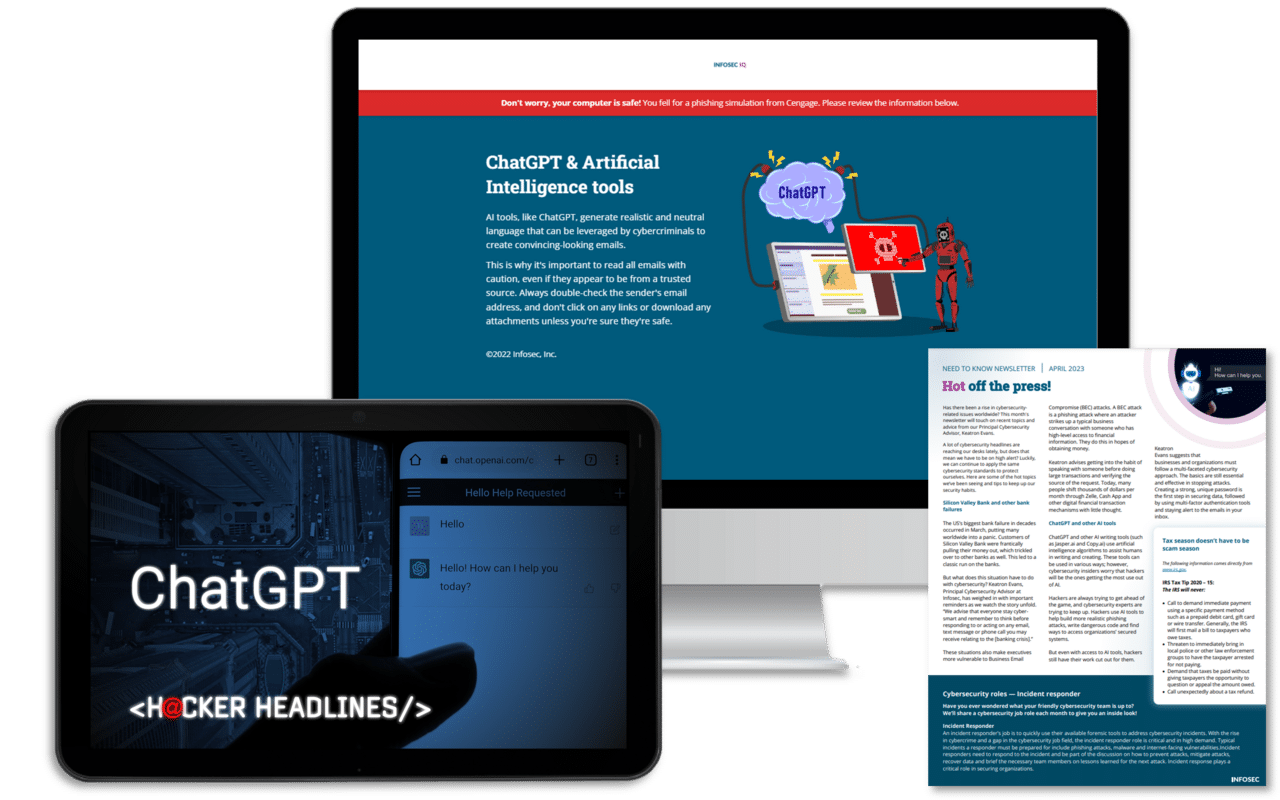Advancements in online safety: Combating cyberbullying and protecting vulnerable communities
It’s undeniable that the rise of social media has brought countless opportunities for friendship, collaboration and professional growth, connecting people across the globe and fostering meaningful interactions.
At the same time, this connectivity, a sense of anonymity, and a wide array of platforms, many of them difficult to moderate, have also given rise to new challenges. One of the most prominent is online bullying, known as cyberbullying and abuse, affecting as many as 22 percent of students in the United States. Unfortunately, women and other marginalized groups and individuals are often the primary targets of this harassment, which can damage mental and emotional health — or even worse.
However, there have been significant advances in online safety programs and an acknowledgment of the need to protect individuals from cyberbullying using a combination of education, support and technology while still finding a balance between online safety and free speech protected by the First Amendment.
Phishing simulations & training
![]()
Protecting employees from cyberbullying and abuse
In a time when online harassment can quickly seep into very real-life consequences, organizations are obligated to ensure their employees' safety and well-being. Leigh Honeywell, CEO and founder of Tall Poppy, a security company building tools and services to help companies protect their employees from online harassment and abuse, emphasizes that companies should take proactive measures to protect their employees from online harassment. One of the most important steps is establishing clear policies and guidelines that condemn harassment and abuse, lay out how the company will respond to cyberbullying, and highlight the resources available to any victims.
Companies can also go a step further and offer training programs to educate employees about online safety, recognize cyberbullying signs and provide strategies to respond effectively. This not only empowers individuals, but they can also cultivate a culture of empathy, acknowledgment, and support within the organization.
Honeywell also notes that support for victims and protection from cyberbullying doesn’t have to stop there; organizations should also invest in opportunities to collaborate with social media platforms to establish reporting mechanisms for employees who face online abuse. This can lead to more awareness of the need for prompt action on reported incidents and how cooperation between companies and platforms can lead to faster resolution and consequences for the perpetrators.
Balancing online safety and first amendment considerations
While promoting online safety is crucial, balancing protections and controls with the need to uphold First Amendment rights is essential. The right to freedom of expression is fundamental, and any measures taken to enhance online safety should respect this principle without ignoring the consequences of the realities of bullying.
ChatGPT training built for everyone

Honeywell suggests that one way to find this balance is by clearly defining and distinguishing between constructive disagreement and harmful harassment. With these foundational elements, technology companies can invest in and deploy tools and algorithms, like artificial intelligence tools, to identify and differentiate between abusive and non-abusive content. While there will be false positives and negatives, over time, these tools help individuals and companies empower users to express their opinions without fear of retaliation, preventing the spread of harmful and abusive content and flagging abusive speech early.
These steps can be supported by public policies and legal frameworks that help to ensure online safety without infringing on free speech. Legislators can work collaboratively with experts to establish comprehensive and nuanced laws that protect individuals from cyberbullying and harassment while safeguarding freedom of expression.
Changing the culture of cyberbullying and abuse
While important, these programs and technology tools only address the symptoms of a larger problem that requires a change in perspective to fundamentally understand and drive change.
One starting point begins with age- and context-appropriate education, both within formal schooling programs and supported in other public awareness campaigns. For example, schools could incorporate elements of existing digital literacy programs that teach students how to navigate the online world responsibly, promote empathy and foster a culture of respect. By proactively equipping young people with the necessary skills to recognize and combat cyberbullying, we can empower them to be active agents of change, acknowledge that these behaviors are unacceptable and emphasize that they are not alone in addressing it.
At the same time, public awareness campaigns can help slowly challenge societal norms and stereotypes contributing to online harassment. These campaigns could emphasize the importance of empathy, respect and accountability in online interactions. By promoting positive digital citizenship, together companies, public institutions, online platforms and individuals can cultivate a healthier online environment for everyone.
Phishing simulations & training
![]()
Bringing it all together
Addressing cyberbullying will take time and require a collaborative effort that spans corporate programs, public policies, individuals and social media platforms. However, by laying the groundwork for change through comprehensive policies, public stances, education and support and investments in new technology tools to identify and combat abusive content, together, we each do our part to create safer digital spaces, and everyone can better understand their role in putting a stop to cyberbullying.
By aligning our collective efforts and working closely with social media platforms, we can foster a digital ecosystem that encourages positive engagement and nips cyberbullying in the bud, bringing out the best in our society as a whole, bit by bit.
Learn more about keeping your employees safe from online harassment by hearing Leigh Honeywell's insights on this episode of the Cyber Work podcast.




